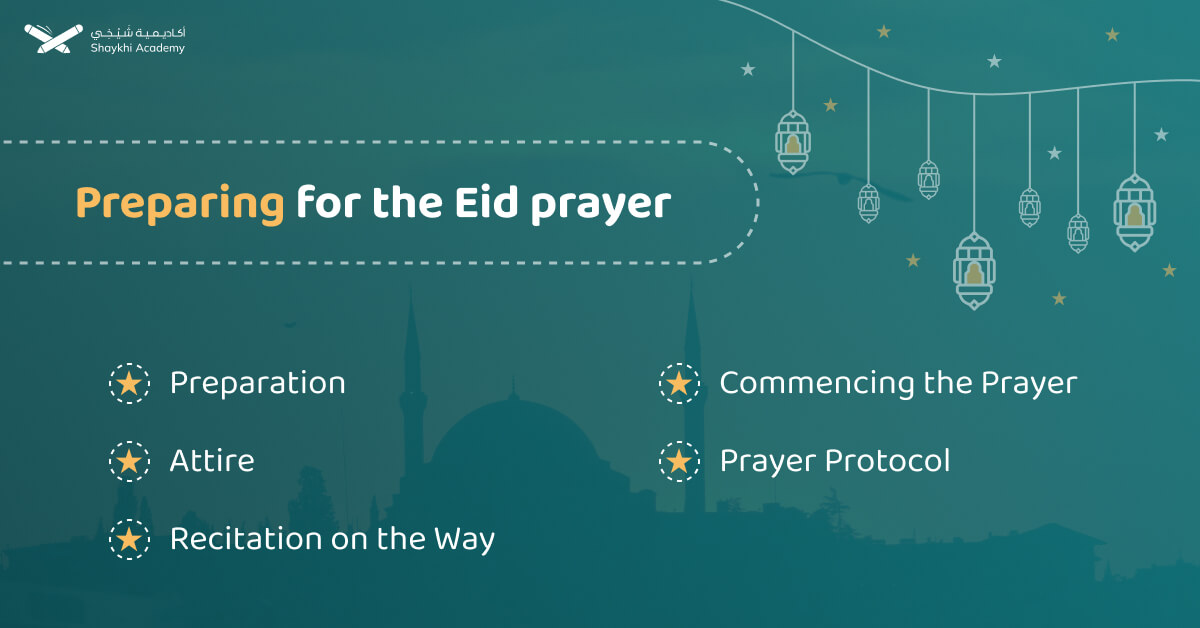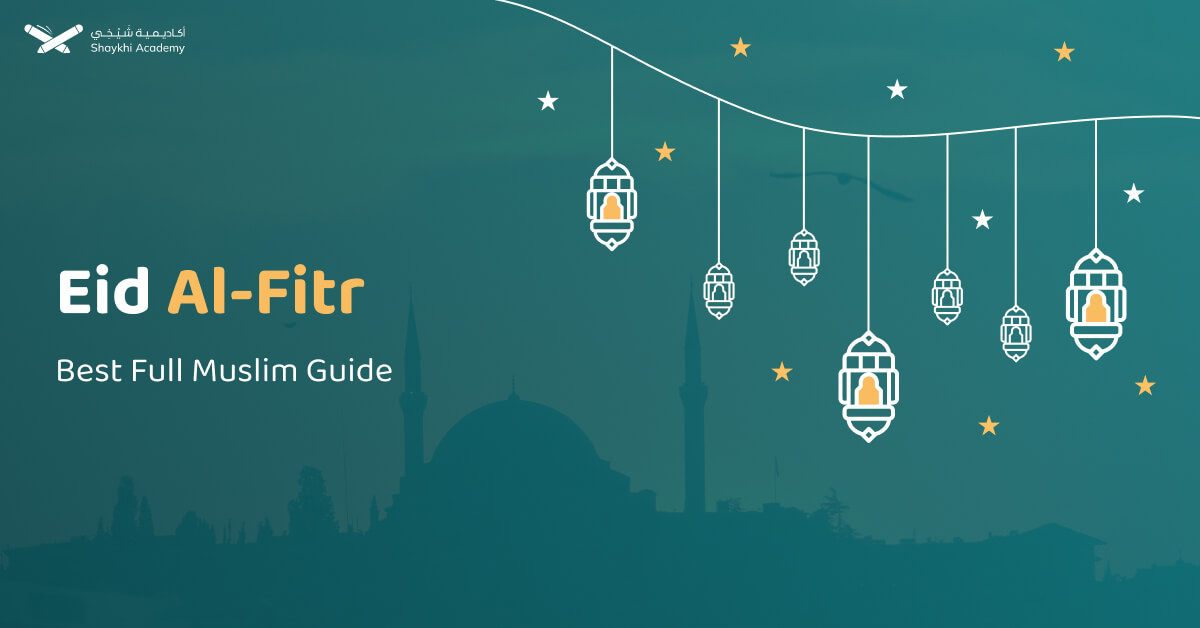Eid al-Fitr, a significant celebration in Islam, marks the culmination of Ramadan, the month of fasting. Rooted in the history of Prophet Muhammad’s revelations and teachings, Eid al-Fitr is a time for spiritual devotion, generosity, and communal joy. Muslims worldwide gather to perform special prayers, exchange greetings, and partake in festive feasts.
Traditional practices like sending Eid cards and enjoying delicacies like Kahk cookies endure, alongside modern trends such as online sharing of festivities. Additionally, adherents prepare for the Eid prayer by performing ablution, donning their finest attire, and reciting invocations. Through these rituals and expressions of faith, Eid al-Fitr embodies the essence of unity, gratitude, and renewal within the Muslim community.
What is Eid Al-Fitr?
Eid al-Fitr is celebrated by Muslims on the first day of Shawwal, marking the end of Ramadan, the month of fasting, and serving as their initial feast. The name “Eid al-Fitr” signifies the day when Muslims break their month-long fast.
This celebration spans three days, with the first day dedicated to refraining from fasting. The culmination of the zakat al-Fitr payment is observed on Eid al-Fitr, and the morning of the feast includes a special prayer performed by Muslims.
During this time, they gather, exchange congratulations, visit loved ones, and emphasize the importance of familial bonds. Additionally, Muslims extend greetings to neighbors, show kindness to friends, and express compassion for the less fortunate. Traditional foods like dates or festive cakes are commonly enjoyed during Eid al-Fitr celebrations in various Islamic nations.
Eid Al-Fitr 2025
Eid al-Fitr 2025 is anticipated to be celebrated on Sunday, March 30, 2025, or Monday, March 31, 2025, depending on the sighting of the moon. This significant Islamic holiday marks the conclusion of Ramadan, the holy month of fasting, and is a time for Muslims worldwide to engage in communal prayers, feasting, and acts of charity.
May this Eid bring peace to hearts, healing to the world, and the unwavering belief that Allah’s blessings transcend time and trials. Eid-al-Fitr 2025 is not just an end—it’s a fresh beginning filled with hope, love, and shared humanity. 🌙✨
HISTORY OF EID Al-Fitr
The history of Eid al-Fitr traces back to the visitation of the angel Jibril to Prophet Muhammad (Peace Be Upon Him) while he was meditating in a cave. This marked the beginning of the Eid al-Fitr story.
During this encounter, Prophet Muhammad (PBUH) received revelations from Allah through the angel, affirming the oneness of God. These revelations formed the basis of the Qur’an. Over time, Prophet Muhammad (PBUH) continued to receive further teachings, including the practice of Sawm, or fasting, as a means of deepening one’s relationship with Allah.
This practice is observed throughout the month of Ramadan. The celebration of Eid al-Fitr is rooted in the pillars of Salah (prayer) and Zakat (almsgiving or charity), emphasizing the importance of spiritual devotion and generosity within the Muslim community.
HOW IS EID Al-Fitr CELEBRATED?
Here’s a glimpse into the modern-day celebrations of Eid al-Fitr:
1. Eid Cards and Greetings:
In the 19th century, the advent of printing technology enabled the exchange of beautifully adorned Eid cards among distant relatives and acquaintances.
Today, many opt for text messages or phone calls to convey Eid greetings to loved ones who are far away.
2. Traditional Practices in Egypt:
Families in Egypt often gather at home after the Eid prayer to enjoy a breakfast of tea and Kahk cookies.
In the past, Kahk cookies were handmade at home, with women and children coming together to prepare the dough and shape the cookies.
Nowadays, many people prefer to purchase pre-made Kahk cookies from bakeries and confectionery stores.
3. Modern Trends:
Contemporary celebrations witness a blend of traditional customs with modern trends.
Online merchants offer special Eid apparel collections and deals, catering to those who prefer online shopping.
Muslims around the world share their Eid festivities and Ramadan experiences online, utilizing platforms for prayers, event information, and even recipes.
These adaptations showcase the resilience of Eid traditions in adapting to contemporary lifestyles while preserving their cultural significance.
Read a Full Guide on Eid Celebration.
Why is Eid-al-Fitr celebrated?
Eid al-Fitr is celebrated because it is one of the two main Muslim festivals, Eid al-Fitr marks the conclusion of the month of Ramadan, during which Muslims fast every day from early sunrise until dusk. In the morning, there is a sizable prayer for the entire community on Eid, which is followed by food and conversations with loved ones.
To guarantee that everyone may take part in the celebrations, an obligatory charity known as Zakat al-Fitr is gathered before the prayer and given to the underprivileged. The Arabic name for the celebration, though it is known by many different names in various languages, is Eid al-Fitr.

How to Pray Eid Al-Fitr prayer?
Preparing for the Eid prayer involves several steps to ensure a spiritually fulfilling experience:
1. Preparation:
Perform ritual ablution (wudu) or full-body purification (ghusl) upon waking up.
Following the Sunnah, consider eating dates before departing for the prayer.
2. Attire:
Dress in your modest clothing, adhering to the tradition of looking presentable and smelling pleasant on this special occasion.
3. Recitation on the Way:
While traveling to the Eid prayer location, recite the general Takbeerat, praising Allah.
4. Commencing the Prayer:
Upon arrival, declare your intention to offer the Eid prayer.
Alongside the imam, say the opening Takbeer, “Allahu Akbar.”
5. Prayer Protocol:
Follow the imam’s lead in reciting the necessary invocations and Takbeerat.
During the prayer, hear the imam recite Surah al-Fatihah and another surah in each Rakah.
Perform the Ruku (bowing) and Sujood (prostration) as usual, following the imam’s guidance.
Note that the process described follows the Hanafi tradition of Eid prayer.
If the imam recites additional Takbeerat, follow accordingly.
Remember to fulfill your Fitrana (Zakat al-Fitr) before attending the Eid prayer to ensure completeness in your celebration.
By adhering to these steps, you can partake in the Eid al-Fitr prayer with reverence and adherence to tradition. For further information on Eid al-Fitr and related practices, feel free to reach out to Shekhy Academy. Season’s greetings and best wishes for a blessed Eid!
Unlock the Path to Quranic Mastery with Shaykhi Academy!
Are you seeking the finest Quranic education right from the comfort of your home? Look no further! Shaykhi Academy stands out as a premier online Quran learning platform, dedicated to providing exemplary education to both children and adults.
Why Choose Shaykhi Academy?
- Connect with highly qualified native tutors.
- Flexible scheduling to suit your busy lifestyle.
- Affordable classes tailored for all levels.
- Accessible from anywhere around the globe.
Discover Our Range of Courses:
- Arabic Noorani Qaida: Lay a solid foundation for Quranic studies.
- Online Quran Classes for Kids: Engaging lessons for lifelong learning.
- Tajweed Rules for Kids: Learn to recite with confidence.
- Quran Hifz for Kids: Step-by-step guidance to memorize the Quran.
- Quran for Adults: Introduce yourself to Quran reading and Tajweed rules.
- Online Arabic Courses: Master the language of the Quran.
- Islamic Studies: A wide range of topics related to Islam, including theology, law, Quranic studies, Hadith.
Don’t Miss Out on Your Chance to Excel!
Whether you’re a beginner or seeking advanced knowledge, Shaykhi Academy can guide you! Book your free trial now and make Ramadan 2024 your Quranic turning point!

Conclusion:
In conclusion, Eid al-Fitr stands as a testament to the rich tapestry of Islamic traditions and the enduring spirit of unity among Muslims worldwide. From its origins in the teachings of Prophet Muhammad to its modern-day celebrations, Eid al-Fitr encapsulates the values of faith, compassion, and community.
As Muslims come together to mark the end of Ramadan and the beginning of Shawwal, they reaffirm their commitment to spiritual growth, generosity, and gratitude. With its blend of ancient customs and contemporary expressions, Eid al-Fitr continues to serve as a time of joy, reflection, and renewal for Muslims of all backgrounds.
As we bid farewell to Ramadan and embrace the festivities of Eid, may the spirit of peace and goodwill prevail, fostering bonds of brotherhood and sisterhood that transcend borders and differences. Eid Mubarak!

















































